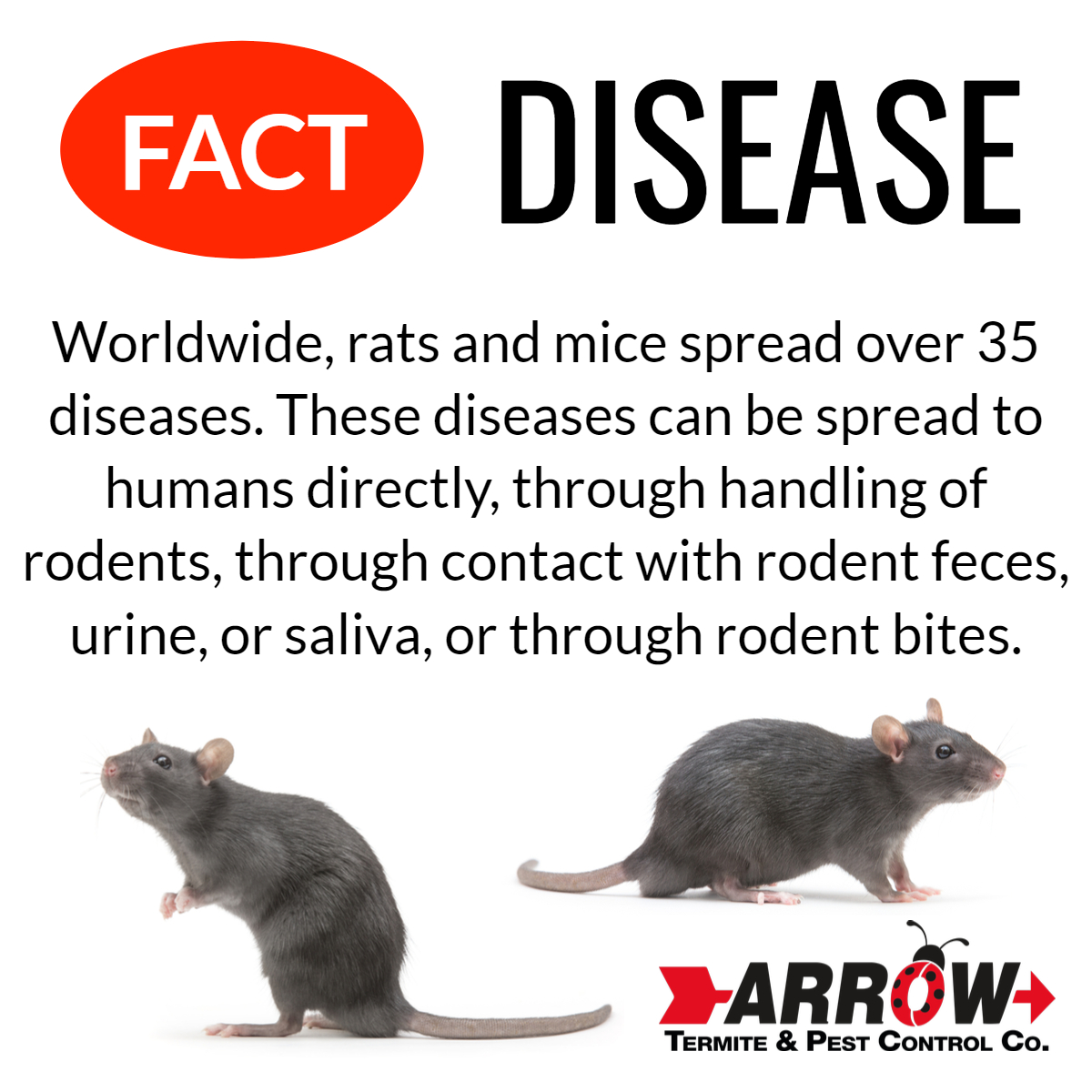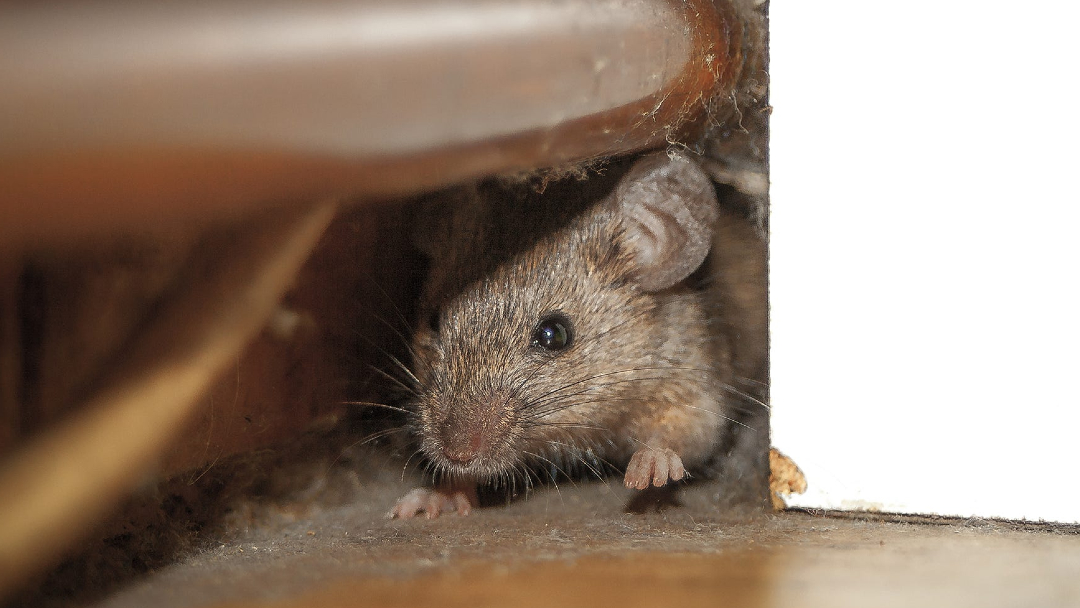Winter in Louisiana gives a much needed break from the high temperatures typically felt throughout the rest of the year. But did you know, winter is also the time of year when your home is the most vulnerable to a rat or mice infestation? Of course, no one wants to think about that, but you really need to for the safety of your family and the home that is your greatest investment. A rodent infestation is one of the most destructive and financially devastating things that can happen to your home and your health. The amount of damage a rodent infestation can wreck on a home is substantial and it can happen in a very short time without the homeowner aware until it’s to late.
Rats and Mice Seek Shelter, Food, and Warmth
Rodents can reproduce incredibly fast. A female can give birth to 5 litters a year with each litter having 5-14 offspring. On average, that means that one female will give birth to around 40 mice! Multiply that by all those female offspring also reproducing and you can see how one rodent can quickly turn into hundreds in a short time. Rodents hate the cold and look to invade any home or business to take advantage of everything listed below. If you believe that your home may be infested with rodents, please schedule a free rodent inspection with a certified rodent exterminator.
Shelter
Rodents feel the seasons change and know they must find shelter. They really do not like rain, cold, ice, wind, hail and snow. Most rodents do not enjoy sleeping and breeding in the cold weather and will scramble as fast as they can to take shelter from any kind of severe weather. A female mouse will feel an urgency to find shelter so she can deliver her litter in a safe, covered and dry place. Your home is the perfect place for this, especially within your walls where she is hidden and safe. In a rodent nest, they will tear up and steal paper, fabric and even insulation to nest in. This makes a big mess and is a terrible job to clean up, not to mention that it is dangerous and special protection should be worn when cleaning up rodent nests and feces. Hantavirus and other devastatingly harmful and even deadly diseases are transmitted through rodent feces, even just in the air near it all.
Warmth
As the temperatures grow cold, mice and rats instinctively search for a place to wait out the frigid weather. Rodents live on average of 1-5 years, but how can they survive the winter? It’s because rodents are adept at finding shelter during cold months. Anything from an underground burrow, a woodpile, your shed, your garage or house are places they wait out the winter. Being warm blooded, they are susceptible to the cold and will die if they do not find shelter before the freezing winter comes. Their desperation mounts as it gets colder each day so they use their strong jaws to gnaw through the exterior of homes. It is especially beneficial to them if your home already has cracks or openings as they just make these slightly bigger and can squeeze through openings the size of a nickel.
Food
Once a rodent has acquired shelter and warmth in your home, shed or garage, they will now be on the hunt for food. In order to stay alive through the cold months, they need to find food. Rodents are the ultimate scavengers and will go through your garbage, get into your pet’s food and steal from your pantry. They are not very picky and when desperate, they will eat anything. At first you might not notice their thievery, but if you pay attention, you might notice chew marks on packaging and rodent feces in corners. They cannot help it. They pretty much urinate and defecate on and near everything they touch. Finding little droppings that look like black or brown grains of rice is a dead giveaway that you have a rodent problem and need urgent, professional mouse control.

How do you know if your home or place of business has rodents, and what steps can you take to make sure they leave and do not come back? Pests in the workplace have been linked with asthma, rabies, and Lyme disease. One of the most common workplace pests, rodents (including rats, mice, and squirrels), are responsible for the spread of several viruses and parasites. By eliminating their sources of food, water, and shelter, you can stress the pests and create an environment where they don’t want to stay.
Signs of Rodent Infestation in Your Home
The most common sign of a rodent infestation is actually seeing a mouse or rat, alive or dead. Other than actually seeing a rodent on the premises, the next most common sign that rodents have invaded the worksite is seeing their droppings. These will be found near food sources in cupboards, drawers or bins where food is stored, overhead in attics or drop ceilings, or on pathways such as wall studs or beams. A good place to look in the desk drawers of employees who bring in and keep food in their desks. Mice and rats love to find these often-overlooked areas!
Rats: Each female can have up to 7 litters in 1 year, with up to 14 young in each litter. Rats are full-grown in about 4 weeks, which means that quite a few generations can be born in a single year from each female of the litter.
Mice: A house mouse can have up to 10 litters in a single year with about 6 young in each litter. (But there may be as many as 12-15 mice in a single litter). They are full-grown or adults within 7 weeks, so, if conditions are ideal, a mouse population can explode in just a few months.


